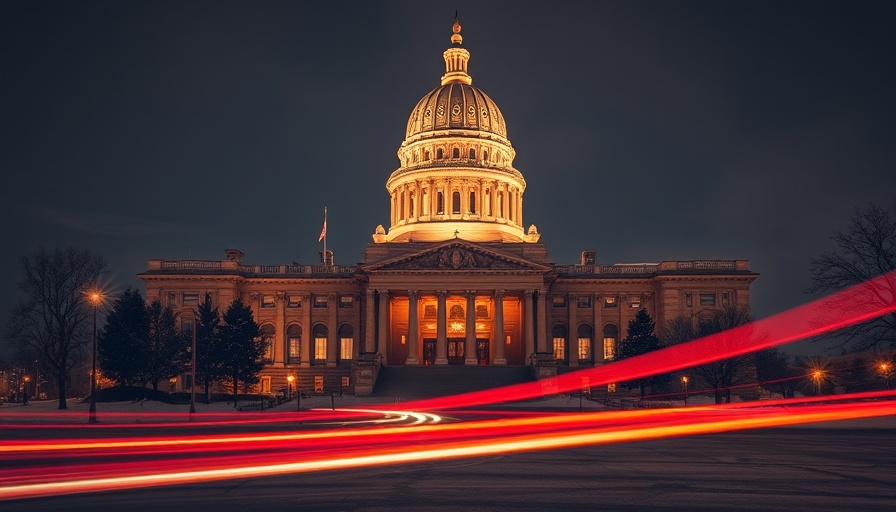
Understanding Kansas' Property Tax Landscape
Property taxes serve as a vital funding source in the U.S., as they help support essential services like education, infrastructure, and public safety. In Kansas, however, lawmakers are facing challenges as they contemplate strategies to relieve residents of their property tax burdens. Recently, proposed measures, such as a property tax limitation, indicate a significant shift in the state’s taxation approach.
The Case for a Levy Limit
A levy limit without exemptions is being hailed as a more effective solution compared to traditional assessment limits. These assessment limits often result in discrepancies between market value and taxable appraised value, leading to confusion and distortions in economic decision-making. Instead, a straightforward levy limit could apply uniformly, controlling how much property tax collections can increase annually without the pitfalls of exemptions.
The Current State of Affairs
Kansas is currently one of the few states that lacks a state-imposed levy or tax limits, relying instead on its “Truth in Taxation” policy. This policy mandates that local taxing jurisdictions keep their property tax collections at last year’s level unless they provide advance notice and potentially hold public discussions on any proposed increases.
Empowering Taxpayers
The irony of Kansas’ current framework is that it already resembles a soft levy limit. Yet, to truly empower taxpayers, a more robust process requiring voter approval for any tax increase would amplify residents' voices in financial decisions that deeply affect their lives. Such transparency can foster a healthier dialogue between citizens and their local officials, promoting trust and accountability in governance.
Lessons from History
Kansas has wrestled with various levy limits in its past. The most recent policy enacted—a property tax lid—was repealed in 2021 due to widespread contention over its numerous exemptions. If state lawmakers genuinely aim to mitigate future property tax burdens, opting for a stringent, exemption-free levy limit stands to offer a significantly better approach.
 Add Row
Add Row  Add
Add 




Write A Comment